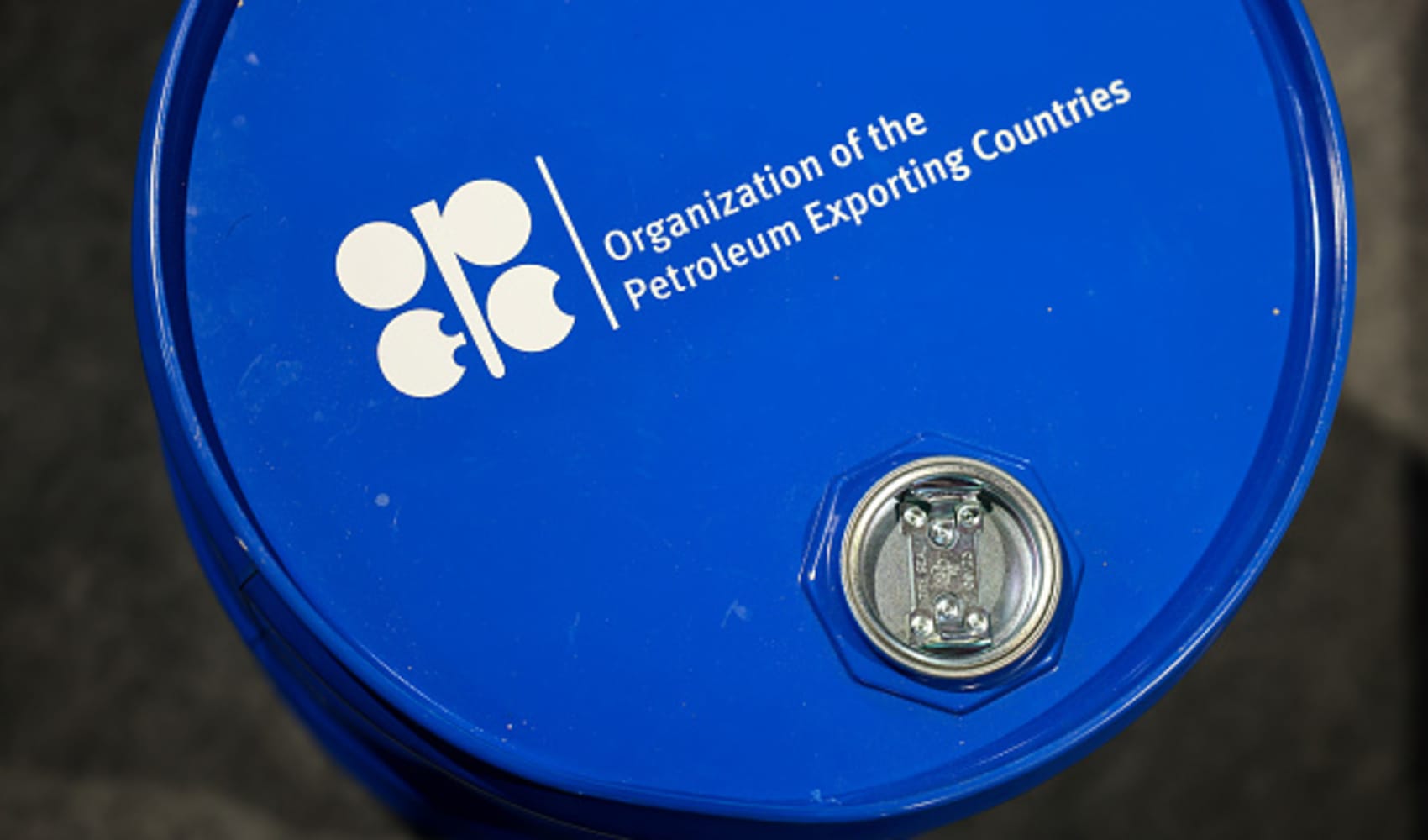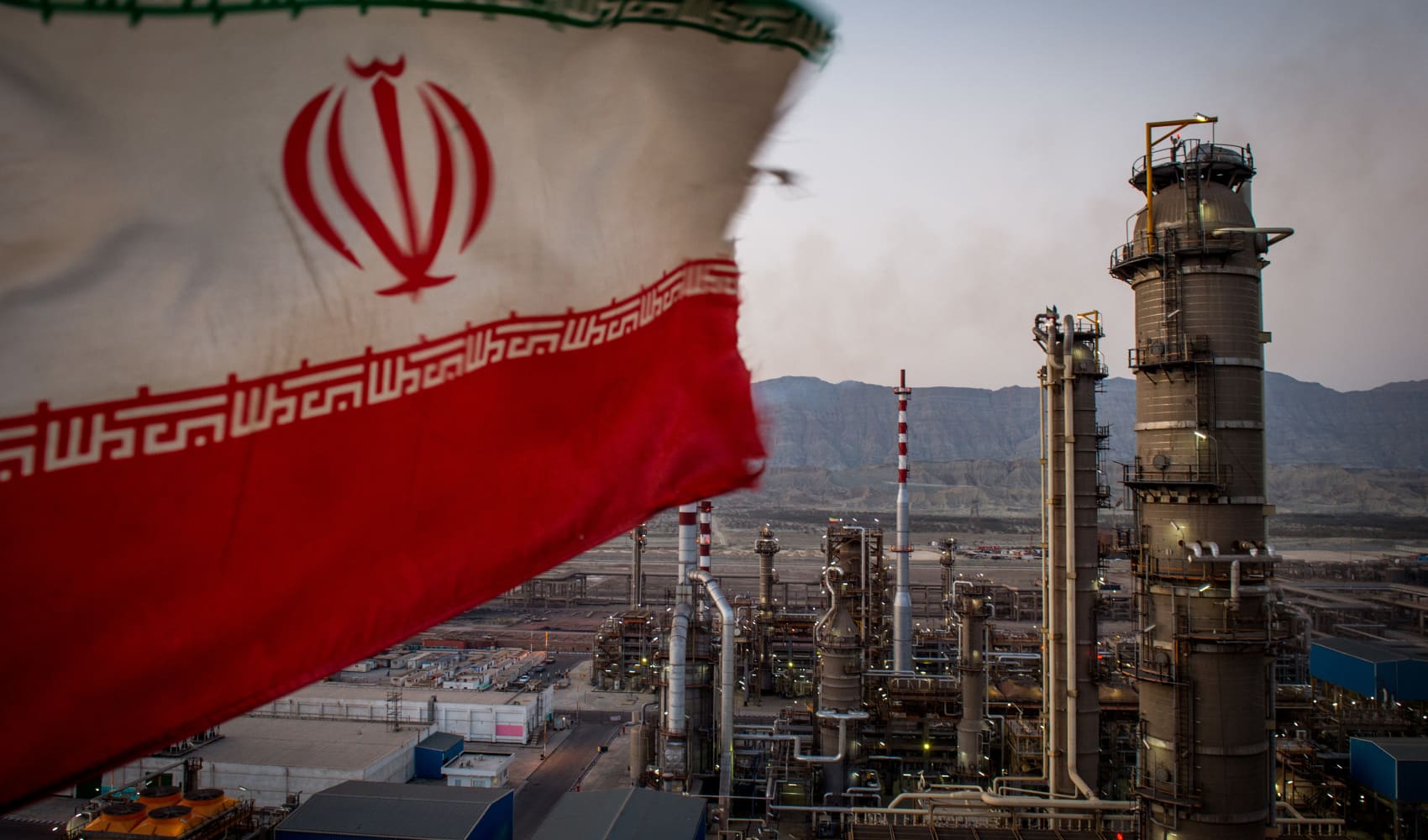Oil Industry Under Trump: Drill Baby Drill a Bust?
Drill, Baby, Stall? Trump's Oil Push Hits a Rough Patch
Introduction: From Boom Town Dreams to Reality Bites
Remember the chants? "Drill, baby, drill!" President Donald Trump's vision for American energy dominance hinged on unleashing the oil and gas industry. He promised a boom, a gusher of economic prosperity flowing from newly tapped wells across the nation. But sometimes, reality throws a wrench in even the best-laid plans. It turns out, those first few months of his administration presented some unexpected challenges for the oilfield service companies that were supposed to be at the forefront of this drilling frenzy. So, what went wrong? Let's dive in and explore the factors contributing to this unexpected downturn.
Oilfield Services: The Engine Room of the Energy Boom
Oilfield service firms are the unsung heroes of the oil and gas industry. They're the ones who actually do the drilling, servicing, and maintaining of wells. Think of them as the mechanics and engineers of the energy world. Companies like Baker Hughes and SLB (formerly Schlumberger) are giants in this space, and their performance is a good indicator of the overall health of the industry. If they're thriving, it suggests that drilling activity is high and investments are flowing. But if they're struggling, it's a sign that something's amiss. And, unfortunately for the "drill, baby, drill" agenda, these companies started to feel the squeeze early on.
The Price of Oil: A Delicate Balancing Act
The price of crude oil is the lifeblood of the oil and gas industry. When prices are high, companies are eager to drill more wells and increase production. But when prices fall, things get a lot more complicated. A survey by the Federal Reserve Bank of Dallas revealed a crucial point: U.S. crude oil prices dipped below $65 per barrel, representing a more than 20% drop since the beginning of Trump’s second term. At that price point, many companies find it difficult, if not impossible, to justify the cost of new drilling projects. It’s like trying to run a business when your product is selling for less than it costs to make it – not a sustainable strategy.
Supply and Demand: A Global Juggling Act
What drives oil prices? It's all about supply and demand. When supply exceeds demand, prices tend to fall. Several factors contribute to this delicate balance. Growing oil production from other countries, changes in global economic growth, and even political instability can all play a role. The market is a giant, complex web, and even seemingly small events can have ripple effects that impact the price of oil.
OPEC's Influence: The Swing Vote
The Organization of the Petroleum Exporting Countries (OPEC) is a major player in the global oil market. Their decisions about production levels can have a significant impact on prices. Think of them as the conductors of the oil orchestra, able to raise or lower the volume of supply. When OPEC decides to increase production, it can flood the market with oil, driving prices down. Conversely, if they cut production, prices tend to rise.
Recession Fears: The Economic Elephant in the Room
One of the biggest concerns impacting the oil industry is the looming threat of a recession. When the economy slows down, demand for oil typically declines. People drive less, businesses produce less, and the overall need for energy decreases. This concern about a recessionary slowdown further dampened investment in drilling. Imagine trying to sell ice cream in the middle of winter – the demand just isn't there.
Tariffs and Trade Wars: A Global Game of Chicken
Baker Hughes CEO Lorenzo Simonelli highlighted another key concern: the potential for increased tariff rates. Trade wars and tariffs can disrupt global supply chains, increase costs for businesses, and ultimately lead to slower economic growth. In a world increasingly interconnected, any impediment to international trade can hinder economic prospects, and in this case, Simonelli saw potentially worse outcomes if tariff rates increased. Think of it like adding sand to the gears of the global economy.
Investment Slowdown: A Domino Effect
As oil prices fell and recession fears grew, investment in drilling started to slow down. This is a natural consequence of the economic environment. When companies are uncertain about the future, they tend to become more cautious with their spending. They may delay new projects, reduce their workforce, or even cut back on existing operations. The result is a slowdown in drilling activity and a ripple effect throughout the entire oilfield services industry.
Baker Hughes and SLB: Canaries in the Coal Mine
As mentioned earlier, Baker Hughes and SLB are major players in the oilfield services industry. Their performance serves as a barometer for the overall health of the sector. When these companies see investment in drilling slowing, it's a clear sign that the industry is facing headwinds. Think of them as the canaries in the coal mine, warning of potential danger ahead.
The "Drill, Baby, Drill" Paradox
So, what's the takeaway? President Trump's "drill, baby, drill" agenda ran into a complex mix of economic and geopolitical factors. While he sought to boost domestic oil production, falling prices, recession fears, and trade tensions combined to create a challenging environment for the oilfield services industry. The reality on the ground didn’t quite match the optimistic vision.
Beyond Politics: A Look at Long-Term Trends
It’s important to remember that the oil and gas industry is subject to long-term trends that transcend political administrations. Factors like technological advancements, shifts in energy demand, and growing concerns about climate change will continue to shape the future of the industry regardless of who is in office. Let's not forget the rise of renewable energy sources, which are steadily gaining market share and offering an alternative to fossil fuels.
The Rise of Renewables: A Shifting Landscape
The growth of solar, wind, and other renewable energy sources is gradually changing the energy landscape. As these technologies become more affordable and efficient, they are increasingly competing with oil and gas for market share. This trend could have significant implications for the long-term future of the oil industry. In many cases, renewable energy is simply a cleaner and cheaper option.
The Future of Oilfield Services: Adapting to a New Reality
The oilfield services industry faces the challenge of adapting to a new reality. Companies need to find ways to operate more efficiently, reduce costs, and diversify their offerings. They also need to embrace new technologies and invest in renewable energy projects. The ones that adapt the best will be the ones that thrive in the long run.
Innovation and Technology: The Key to Survival
Innovation and technology will play a crucial role in the future of the oilfield services industry. Companies that can develop new drilling techniques, improve efficiency, and reduce their environmental impact will have a competitive advantage. Think of it like an evolutionary race – only the most adaptable species survive.
The Energy Dominance Dream: A Work in Progress?
President Trump’s vision of American energy dominance remains a long-term goal. While the early days of his administration presented challenges for the oilfield services industry, the overall picture is more complex. The industry is constantly evolving, and new opportunities may emerge in the future. Whether the "drill, baby, drill" approach will ultimately succeed remains to be seen.
Conclusion: Lessons Learned and the Road Ahead
The story of the oilfield services industry during the initial months of the Trump administration highlights the complexities of the energy market. While the "drill, baby, drill" agenda aimed for a boom, economic headwinds and global uncertainties created a more challenging environment. Companies like Baker Hughes and SLB felt the pinch as investment slowed down. The future of the industry hinges on adapting to changing market dynamics, embracing innovation, and navigating the evolving energy landscape. So, what are the key takeaways? Falling oil prices, recession fears, and trade tensions all contributed to a slowdown in drilling activity. The industry needs to innovate and adapt to remain competitive. And, the rise of renewable energy is reshaping the overall energy landscape. Will we see a return to the "drill, baby, drill" mantra? Only time will tell.
Frequently Asked Questions
- Why did oil prices fall after Trump took office?
Several factors contributed to the decline, including increased global oil production, concerns about a recessionary slowdown, and potential trade wars. These factors collectively created an environment of uncertainty that negatively impacted oil prices.
- How do oilfield service companies like Baker Hughes and SLB make money?
These companies provide a range of services to oil and gas producers, including drilling, well completion, and maintenance. They earn revenue by charging fees for these services.
- What impact do tariffs have on the oil industry?
Tariffs can disrupt global supply chains, increase costs for businesses, and potentially slow down economic growth. This can lead to lower demand for oil and decreased investment in drilling projects.
- Is the "drill, baby, drill" agenda still relevant today?
The "drill, baby, drill" approach remains a part of some political and industry discussions, but the industry faces new challenges, including increased competition from renewable energy sources and growing concerns about climate change. The future of the industry will likely depend on its ability to adapt to these changes.
- What can oilfield service companies do to thrive in the current environment?
These companies need to focus on improving efficiency, reducing costs, and diversifying their offerings. They also need to embrace new technologies and invest in renewable energy projects to remain competitive.




